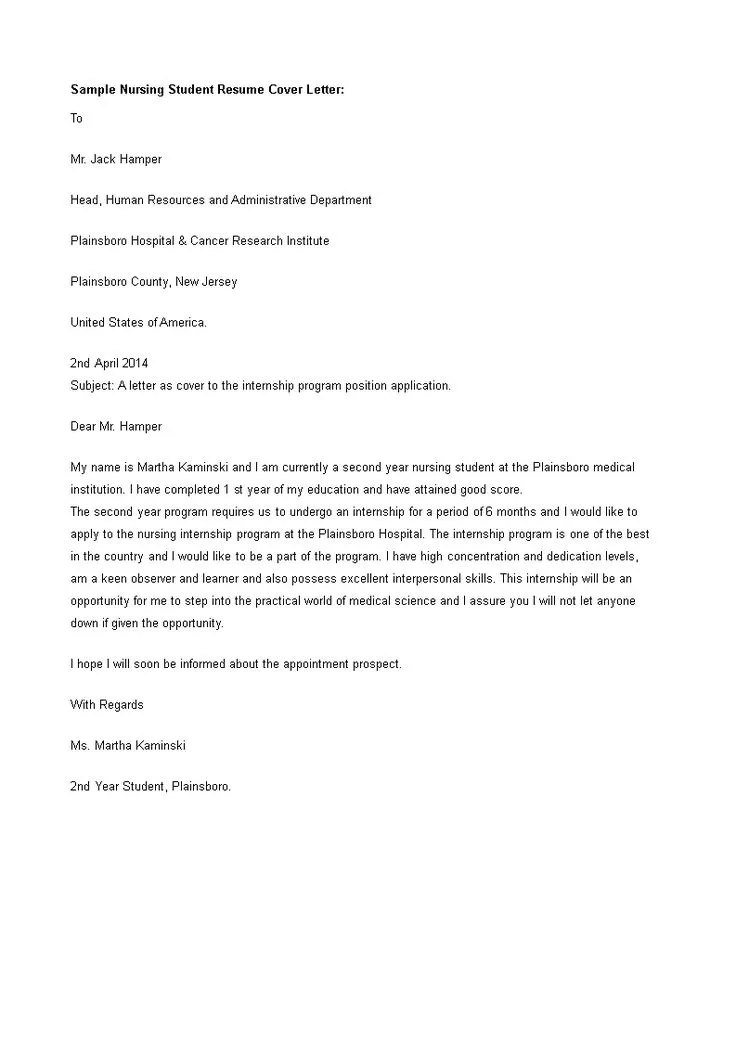What is a Cover Letter
A cover letter is a crucial document that accompanies your resume when applying for a job. It serves as your introduction to a potential employer, providing an opportunity to express your interest in the position and highlight your qualifications. Unlike a resume, which is a concise summary of your skills and experience, a cover letter allows you to elaborate on your accomplishments and explain why you are a perfect fit for the role and the company. It’s your chance to make a strong first impression and showcase your personality, writing skills, and enthusiasm.
The Purpose of a Cover Letter
The primary purpose of a cover letter is to persuade the hiring manager that you are worth interviewing. It allows you to tell a story about yourself that goes beyond the facts presented in your resume. You can use it to connect your skills and experience to the specific requirements of the job, demonstrate your understanding of the company, and express your genuine interest in the opportunity. A well-crafted cover letter shows that you’ve taken the time to understand the role and are eager to contribute to the company’s success. It helps you stand out from other applicants.
Why Cover Letters Still Matter
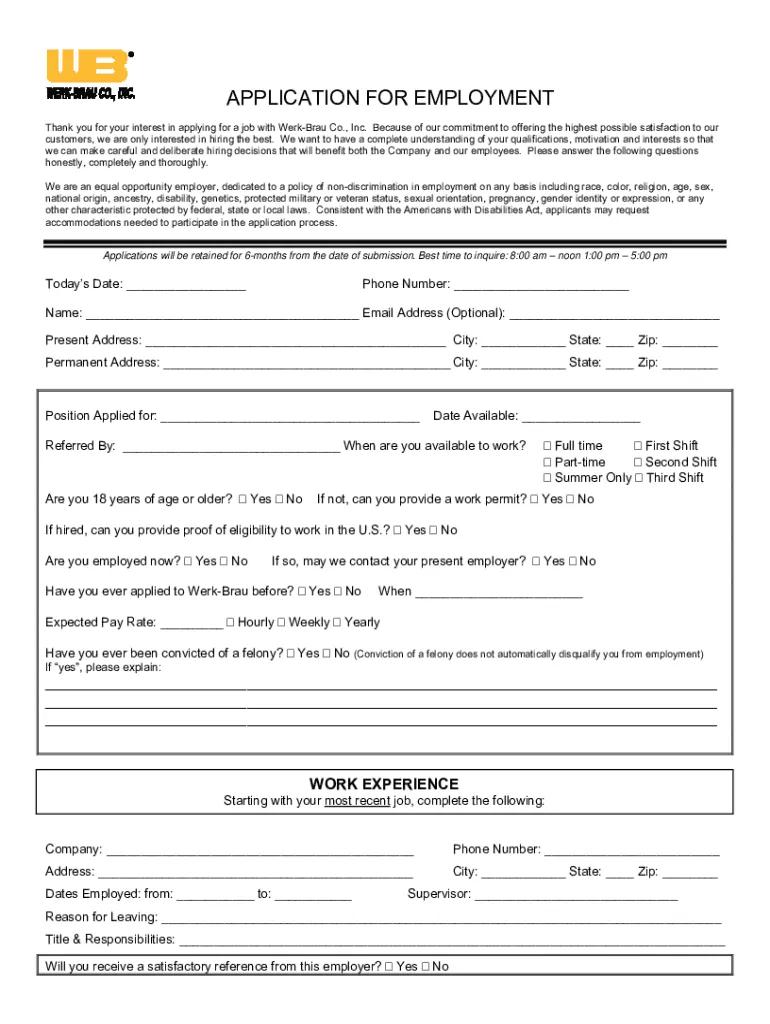
Despite the rise of online applications and the potential for a more informal approach, cover letters remain a vital part of the job application process. They provide a space to personalize your application and demonstrate your communication skills. A cover letter enables you to address specific concerns or gaps in your resume, explain your career goals, and show that you’ve put thought into your application. In a competitive job market, a well-written cover letter can be the deciding factor between getting an interview and being overlooked, as it highlights your unique value proposition.
Cover Letter Essentials
Header Information
The header is the top section of your cover letter and contains essential contact information. It helps the hiring manager identify you and easily reach out if they want to schedule an interview. Accuracy and professionalism are key in this section. Always use a professional email address and phone number that you actively monitor. Your header is the first thing the hiring manager sees, and it should reflect your attention to detail and organizational skills.
Your Contact Information
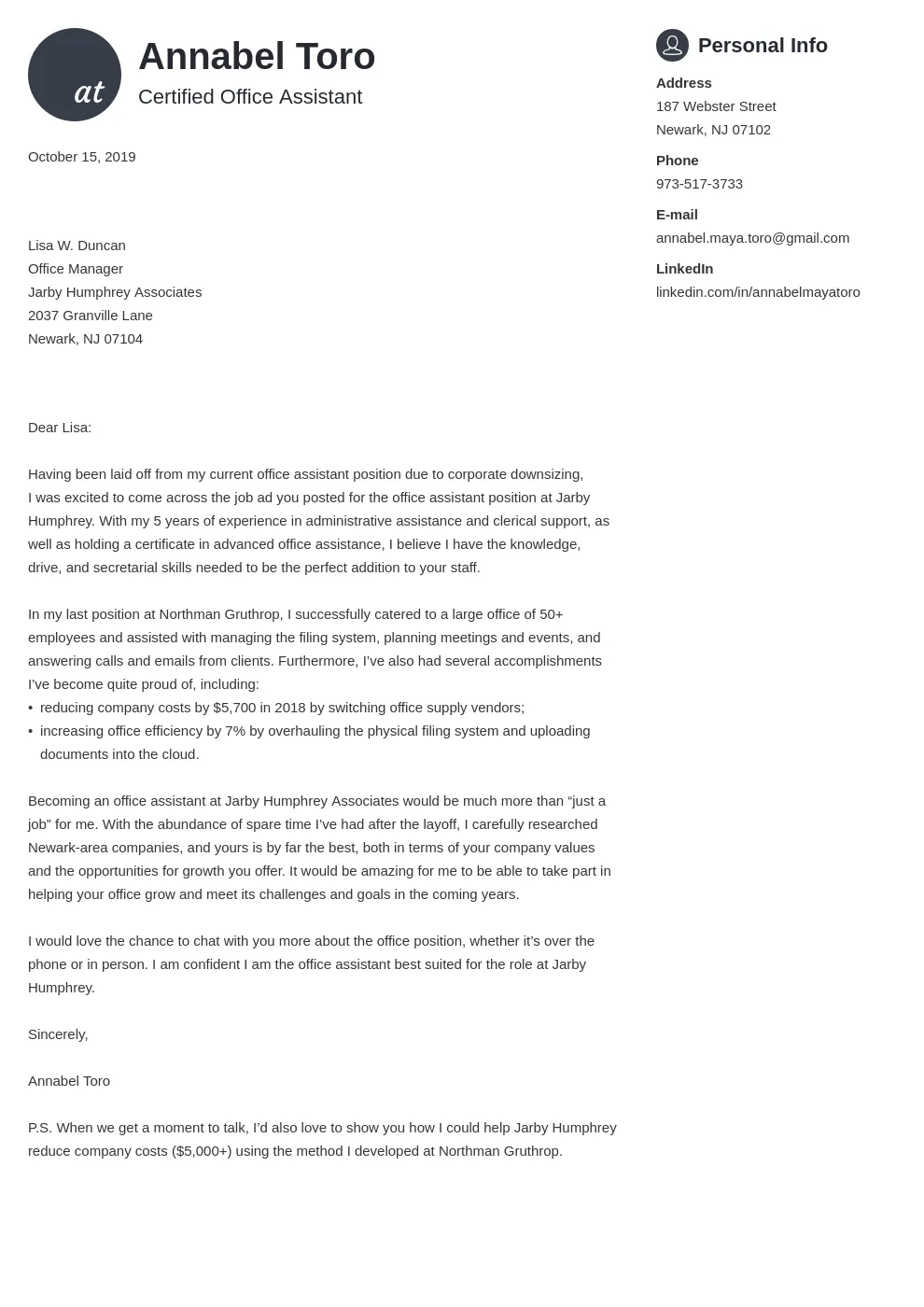
Include your full name, address, phone number, and email address. Ensure this information is up-to-date and accurate. If you have a professional online presence, such as a LinkedIn profile, you can optionally include the URL. This allows the hiring manager to quickly learn more about your professional background and experience. Make sure your LinkedIn profile is updated and reflects the same information as your resume and cover letter.
Recipient’s Contact Information
Below your contact information, include the hiring manager’s name, title, and the company’s address. If you can’t find the hiring manager’s name, use a generic title such as “Hiring Manager.” Researching the company and finding the correct contact information shows initiative and attention to detail. Always double-check the spelling of the name and title to ensure professionalism and respect.
Professional Salutation
Start your cover letter with a professional salutation. The most common and preferred salutation is “Dear Mr./Ms./Mx. [Last Name].” If you are unsure of the hiring manager’s name, you can use “Dear Hiring Manager” or “Dear [Company Name] Hiring Team.” Avoid generic greetings like “To Whom It May Concern.” This shows that you have taken the time to personalize your letter and demonstrates your respect for the recipient.
Body Paragraphs
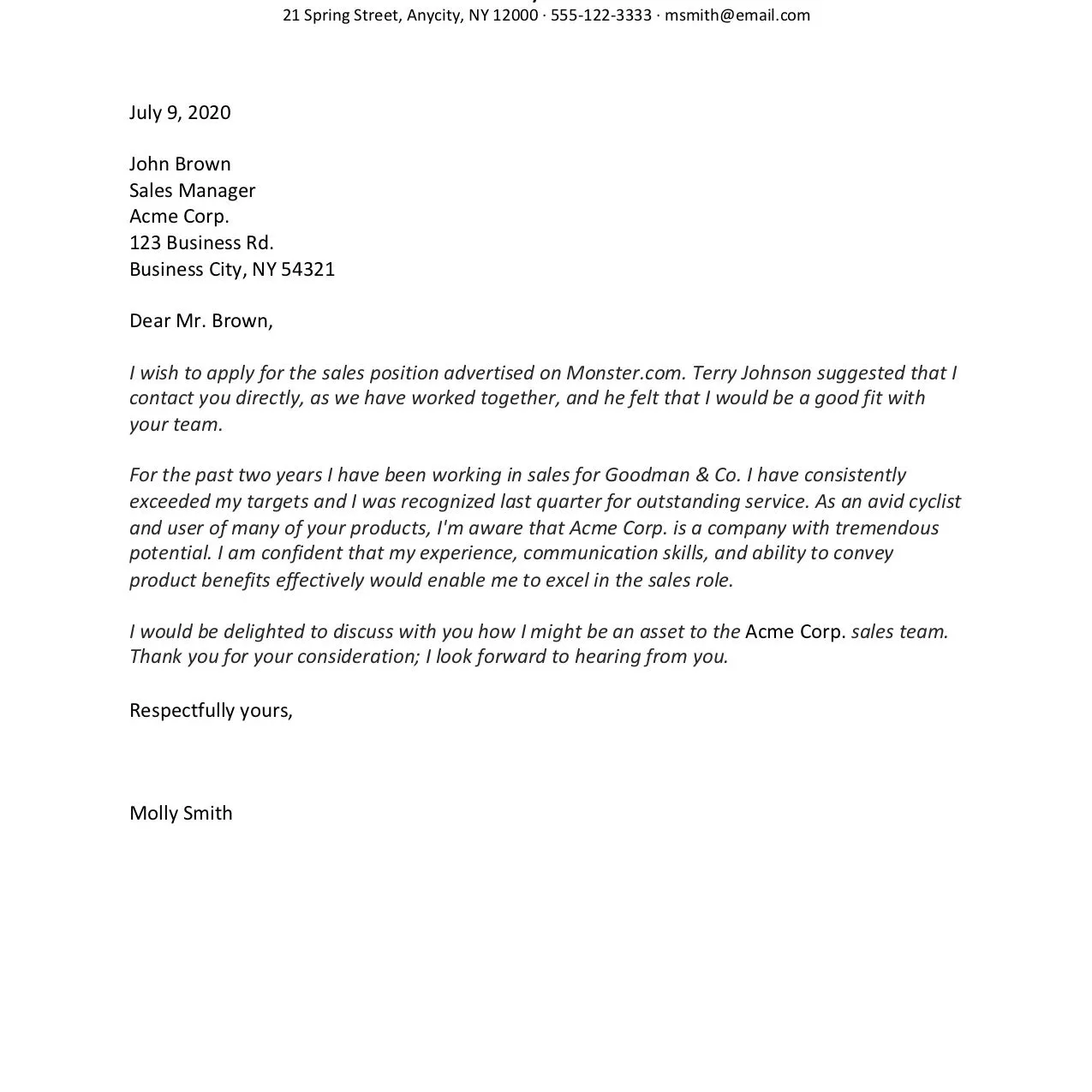
First Paragraph Grab Attention
The first paragraph of your cover letter should immediately grab the reader’s attention. Briefly state the position you are applying for and where you found the job posting. Show your enthusiasm for the opportunity and mention something specific that attracted you to the role or the company. You can also include a brief summary of your most relevant qualifications or a key accomplishment that demonstrates your value. The goal is to create an immediate positive impression and encourage the reader to continue reading.
Second Paragraph Highlight Skills
In the second paragraph, highlight your skills and experience that are most relevant to the job requirements. Carefully review the job description and identify the key skills and qualifications the employer is seeking. Provide specific examples from your past experiences, such as projects, achievements, or responsibilities, that demonstrate your abilities. Use the STAR method (Situation, Task, Action, Result) to provide concise and impactful examples. Quantify your achievements whenever possible to show the impact of your work.
Third Paragraph Showcase Enthusiasm
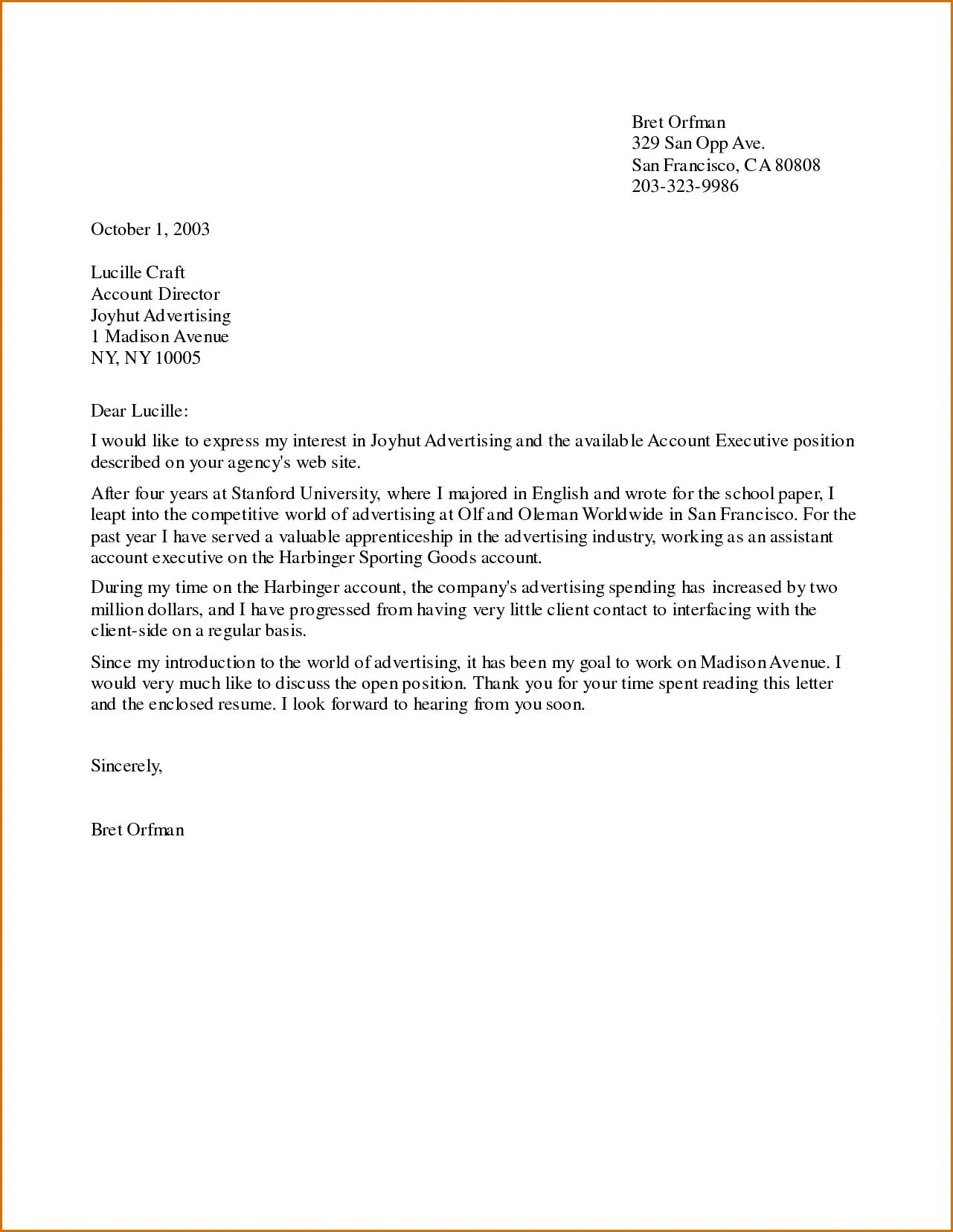
Use the third paragraph to express your enthusiasm for the company and the specific role. Explain why you are interested in working for this particular organization and how your goals align with theirs. Mention something specific that you admire about the company, such as its mission, values, or recent achievements. You can also discuss your career aspirations and how this role can help you achieve them. This shows that you are genuinely interested in the company and not just applying for any job.
Closing Paragraph
In your closing paragraph, summarize your interest in the position and reiterate your qualifications. Thank the hiring manager for their time and consideration. Express your eagerness for an interview and state how they can reach you. Keep the tone positive and enthusiastic. This paragraph is your last chance to leave a lasting impression, so make sure it reflects your professionalism and eagerness to move forward in the application process.
Call to Action
Include a clear call to action in your closing. This could be a statement such as “I am eager to discuss how my skills and experience can benefit your team” or “I am available for an interview at your earliest convenience.” Make it easy for the hiring manager to understand the next step you would like them to take. This will help you guide the conversation and maintain control of your application.
Formal Closing

End your cover letter with a professional closing, such as “Sincerely,” “Respectfully,” or “Best regards.” Avoid informal closings like “Thanks” or “Cheers.” After the closing, leave a few lines for your signature if you are printing the letter. If submitting digitally, you can omit the signature line.
Formatting and Style
Font and Layout
Choose a professional and easy-to-read font, such as Times New Roman, Arial, or Calibri, with a font size between 10 and 12 points. Use single-spacing with a space between each paragraph. Set consistent margins (1 inch on all sides) for a clean and balanced appearance. Ensure your letter is well-organized with clear headings and bullet points to enhance readability. Avoid using excessive colors, graphics, or formatting that could distract from the content.
Proofreading and Editing
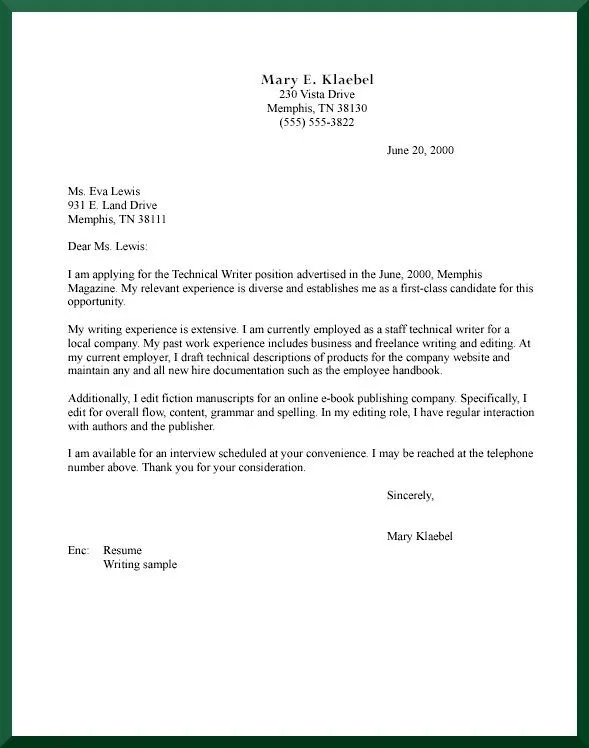
Proofread your cover letter meticulously for any grammatical errors, spelling mistakes, or typos. Errors can create a negative impression and undermine your credibility. Use spell-check and grammar-check tools, but also read the letter aloud to catch any awkward phrasing or unclear sentences. Ask a friend, family member, or career counselor to review your letter for feedback and to catch any mistakes you might have missed. Multiple revisions are essential to ensure a polished final product.
Tailoring Your Letter
Researching the Company
Before writing your cover letter, research the company thoroughly. Visit their website, read their mission statement, and explore their social media profiles. Understand their values, culture, and recent news or initiatives. This research will help you tailor your cover letter to demonstrate your genuine interest in the company and your understanding of its goals. Referencing specific projects, values, or achievements shows that you’ve taken the time to learn about the organization.
Using Keywords
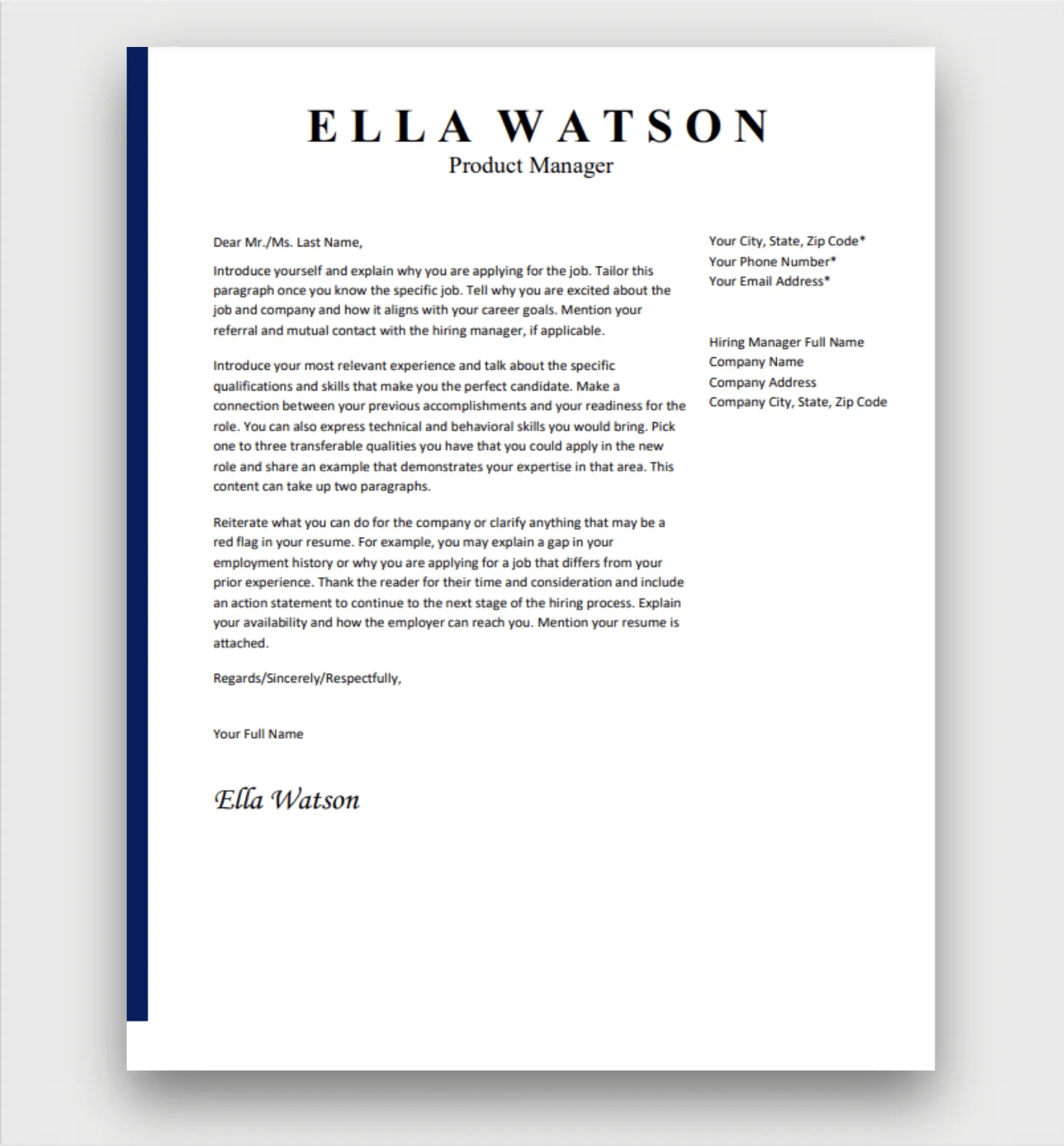
Incorporate relevant keywords from the job description into your cover letter. This helps your application pass through Applicant Tracking Systems (ATS) and shows that you meet the specific requirements of the role. However, avoid keyword stuffing, which can make your letter sound unnatural. Integrate keywords organically within your sentences and focus on demonstrating how your skills and experience align with the job requirements. The goal is to make your letter readable and relevant to both the hiring manager and any automated systems.
Common Mistakes to Avoid
Generic Content
Avoid using a generic cover letter that you send to every job application. Tailor each letter to the specific job and company. Generic cover letters do not show the hiring manager that you are interested in the role or company. Customize your letter to highlight your relevant skills and experiences and show how they align with the job requirements. Personalize your content with details about the company to make your letter stand out.
Typos and Grammatical Errors
Typos and grammatical errors can create a negative impression and indicate a lack of attention to detail. Always proofread your cover letter carefully before submitting it. Use spell-check and grammar-check tools, and ask a friend or family member to review your letter. Multiple revisions are essential to ensure a polished and professional final product. It’s a representation of your communication skills and professionalism.
Ignoring the Job Description
Carefully read the job description and address all the requirements. Ignoring the job description can make your application seem irrelevant. Customize your cover letter to show how your skills and experience meet the employer’s needs. Highlight specific qualifications, skills, and experiences that are requested in the job posting. Ensure your cover letter demonstrates a clear understanding of the role and what the employer is looking for.
